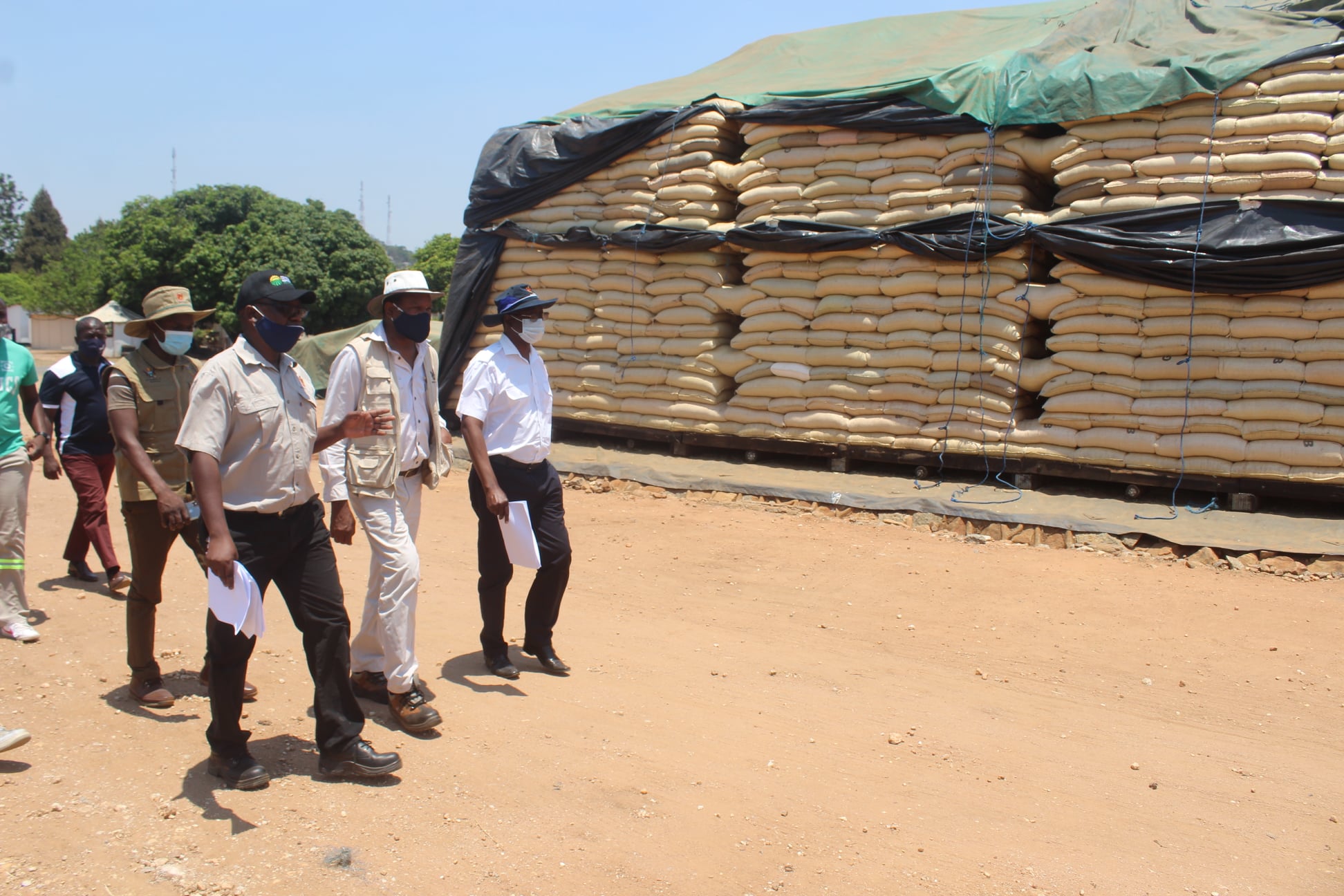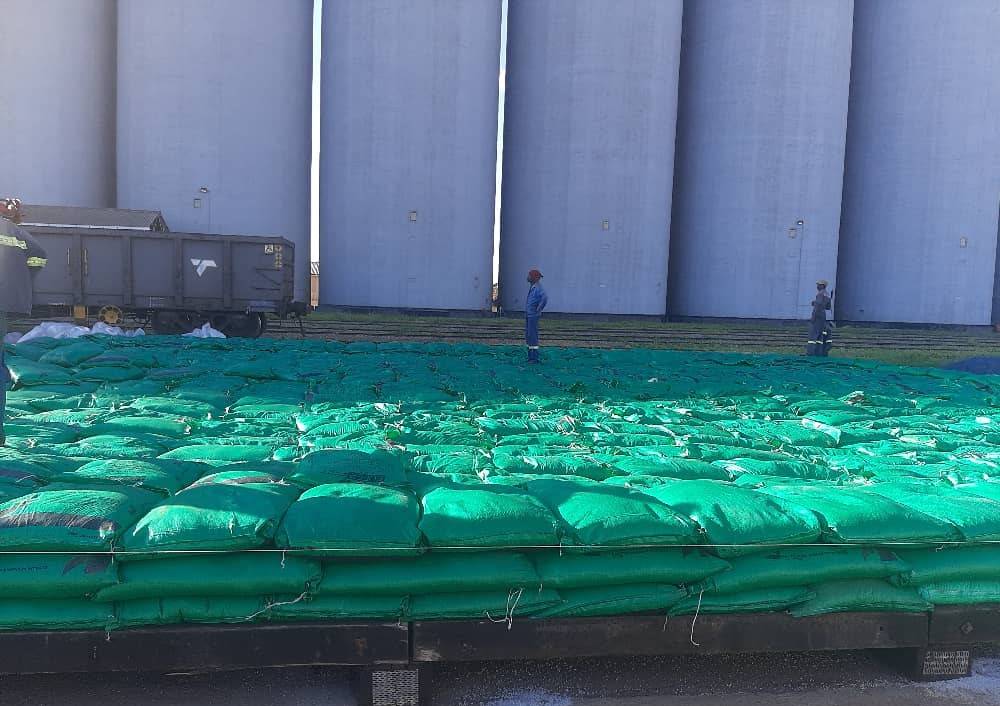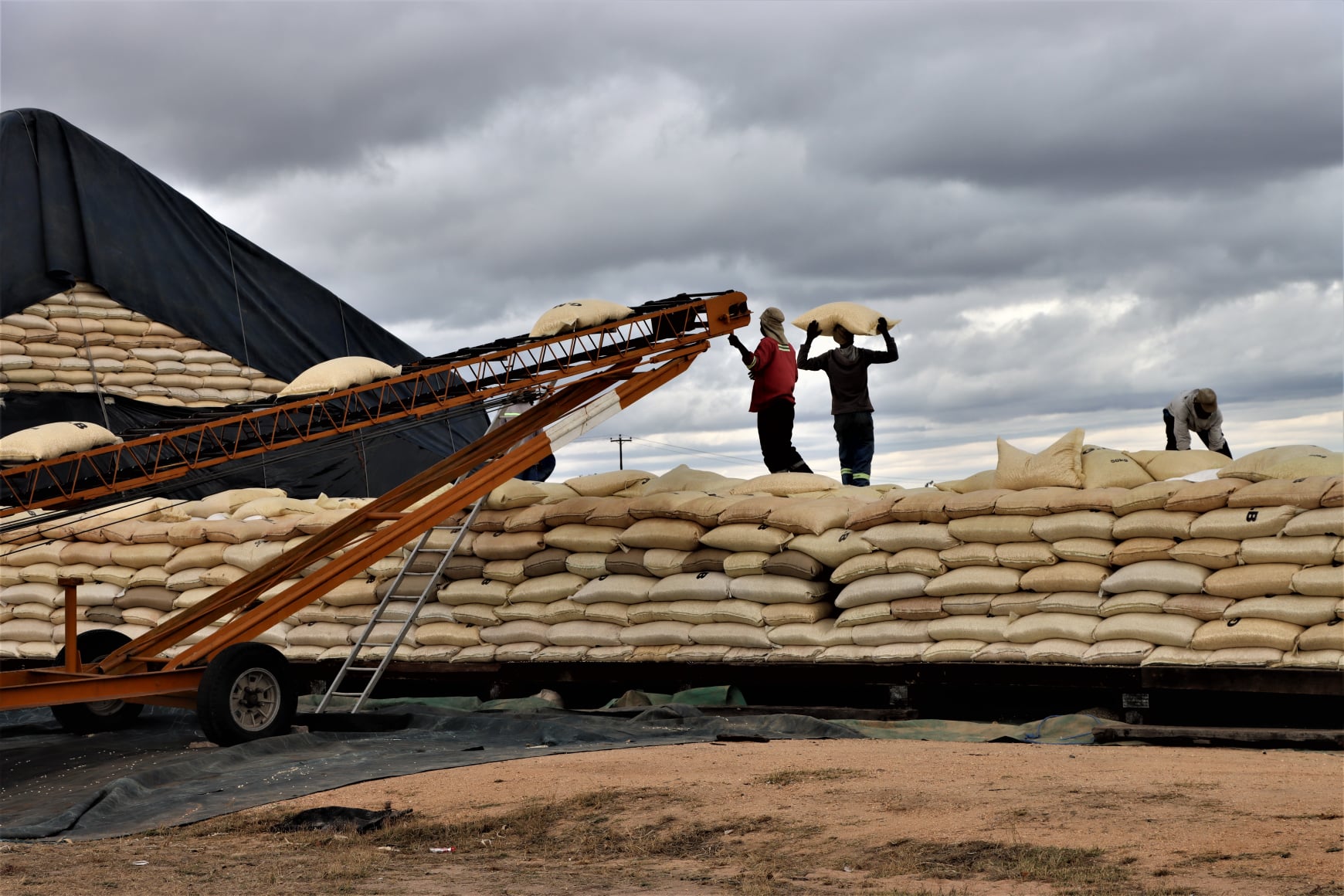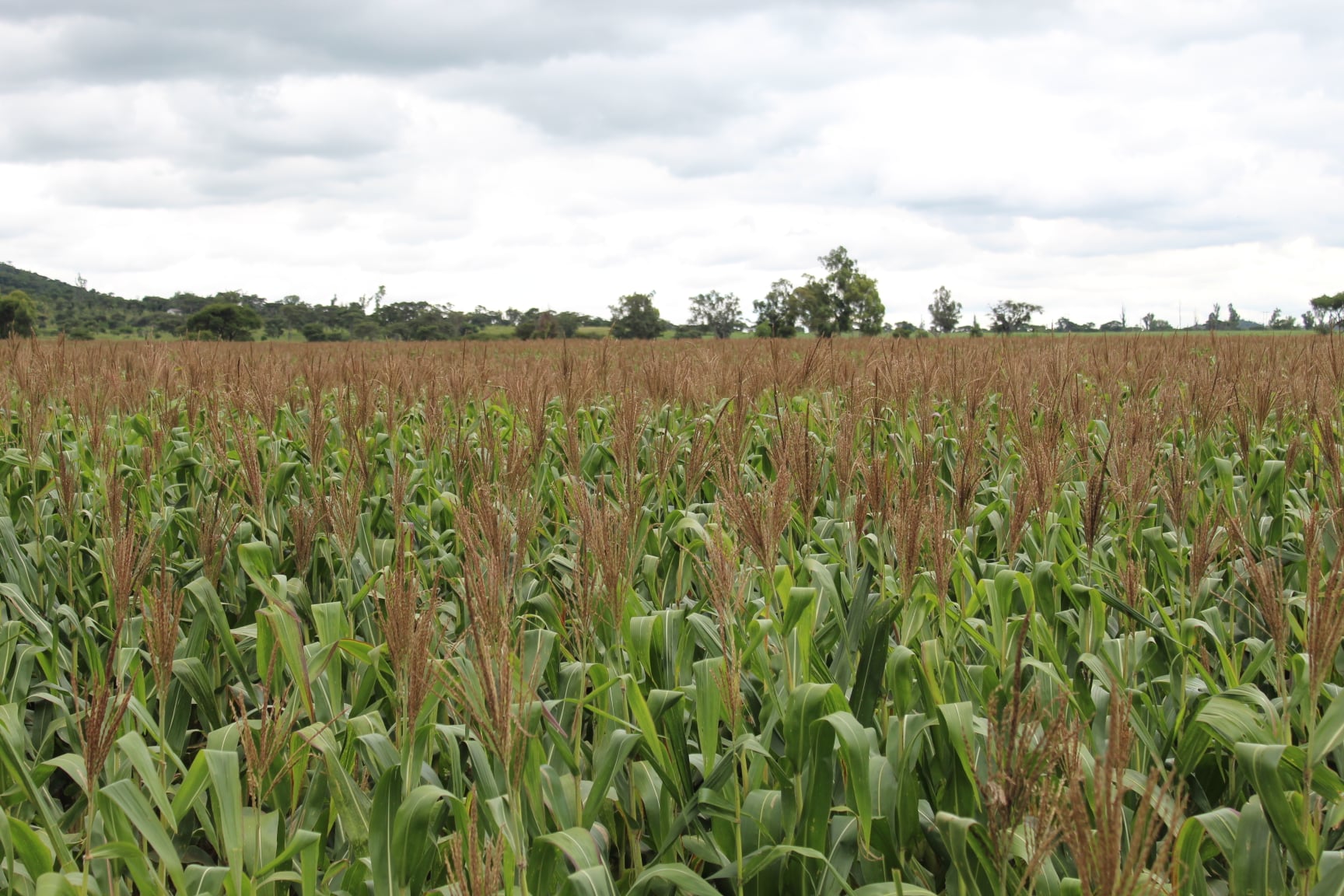Zimbabwe’s food sufficiency efforts seem to be paying off after the government reported record grain harvests, with the authorities declaring that the country will not be importing any grain anytime soon.
The country also made such a declaration in 2021 after a cropping season the previous year was plagued by below-normal rainfall that left stunted corn in farms and empty granaries.

In 2021, Zimbabwe tripled its grain production from the failed 2020 season, thanks to a combination of above-normal rainfall and increased government funding of the agricultural sector.
For years, Zimbabwe has imported grain — mainly the staple corn — to supplement depleted national reserves, a move analysts say pointed to long-faltering efforts to stem hunger and malnutrition, routinely blamed on the effects of climate.
Zimbabwe has heavily invested public and private funds in agriculture but struggled to turn the corner and achieve the stated goal of food self-sufficiency.
However, amidst what officials say are two successive bumper grain harvests that exceeded expectations, millions are still food insecure, with aid agencies continuing to assist vulnerable communities, exposing the uneven food production patterns across the country due to the vicissitudes of climate change and community-level poor agro-practices.

In recent years, Zimbabwe has heavily invested public and private funds in agriculture but struggled to turn the corner and achieve the stated goal of food self-sufficiency.
However, during the past two cropping seasons, the southern African nation of more than fourteen million people has experienced an unexpected above-normal rainfall, reportedly pushing maize production to levels not seen in years.
During last year’s agricultural season, the government spent millions of dollars in supporting smallholder farmers who are expected to sell their grain to the Grain Marketing Board.
But not everyone is convinced.
“The official statistics do not tell the real story,” said economist Eddie Cross, who was a government advisor and Member of the National Assembly.
“Output of grain last year was below forecasts and probably below consumption demand. This year, we will have to wait and see but we are still importing maize and wheat and this will continue because the commercial crop production was below the previous year’s and the small-scale crop, while significantly larger will not meet the demand.”

Still, the combination of huge spending on farming inputs, favorable climatic conditions, research in new corn varieties, and the persuasive mantra of self-sufficiency is seen as a boon that has spurred record harvests.
The inputs include corn seed and fertilizer in a country that has long shunned genetically modified crops, citing poor scientific evidence that GMOs are not the best bet for food security.
Analysts are worried about the government’s ability to continue giving subsidies to smallholder farmers citing the disconnect between improved agricultural performance and economic stability.
Zimbabwe has also benefited from agriculture mechanization from international partners, with President Emmerson Mnangagwa praising Belarus for helping turn around the country’s wheat production.
Coupled with government inputs, the country has vigorously promoted smart agriculture to respond to climate uncertainty and as part of efforts to ensure returns on usually loss-making agro investment.

“The argument for scaling up investment in climate-smart food production is important in the agricultural transformation that does not rely on previous understanding of seasons and weather patterns,” said Tapiwa Gomo, an independent development and climate researcher.
“The impact of climate change in Zimbabwe and other poor countries is most significant in food production, water supply, and energy sector,” Gomo said, as Zimbabwe ups the rehabilitation of irrigation infrastructure and investment in renewable energy.
The sustainability of the government spending huge sums on agriculture is being questioned in light of smallholder farmers withholding grain to sell to private buyers and the opaque nature of the disbursement of agricultural inputs.
During last year’s planting season, the government spent millions of dollars in supporting smallholder farmers who are expected to sell their grain to the Grain Marketing Board (GMB), a semi-state agency.
While there have been reservations from farmers regarding low prices and often delayed payments, the campaign to woo them has largely been successful with the reports they remain the country’s largest grain producers.
While riding on that wave of record harvests, the performance is likely to be closely watched whether it will be repeated, especially as the country has routinely experienced droughts after a fine agricultural run.
Analysts are also worried about the government’s ability to continue giving subsidies to smallholder farmers citing the apparent disconnect between improved agricultural performance and economic stability as prices of basic commodities keep rising because of inflation.

“Small-scale farmers have always produced the majority of the grains we consume but commercial or large-scale farmers have always bridged the gap and provided a surplus for export. We need to restore that relationship to get back to stability and security of supply at lower prices,” said Cross.
The sustainability of the government spending huge sums on agriculture is being questioned in light of smallholder farmers withholding grain to sell to private buyers and the opaque nature of the disbursement of agricultural inputs.
“Much of what is supposed to go into agriculture is diverted to other uses. Corruption is at the center of hunger in Zimbabwe.”
In May last year, John Bhasera, the secretary of Lands, Agriculture, Fisheries, Water, Climate and Rural Resettlement, complained that out of the harvested 30,000 tons of corn, only 5,000 tons had been delivered to the GMB, leading to artificial shortages.
“The mismatch between claims of a bumper harvest and food shortages is caused by several factors including the fact that the claims are divorced from reality,” said Effie Ncube, spokesperson of a local consumer rights group.
“Much of what is supposed to go into agriculture is diverted to other uses. Corruption is at the center of hunger in Zimbabwe,” Ncube said, highlighting the country’s multifaceted challenges to address food security.
